Zooxanthellae
Introduction
Zooxanthellae are a variety of microscopic algae that form symbiotic relationships with various marine organisms, notably coral reefs. These unicellular organisms are primarily from the family Symbiodiniaceae, which includes several genera such as Symbiodinium, Breviolum, Cladocopium, and Durusdinium. They are photosynthetic, meaning they convert sunlight into energy through the process of photosynthesis, and are crucial for the health and survival of their host organisms.
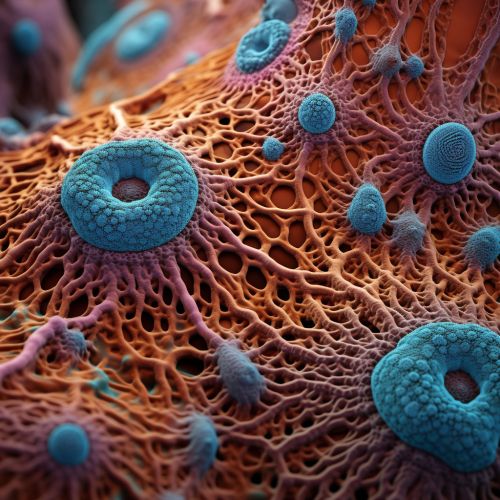
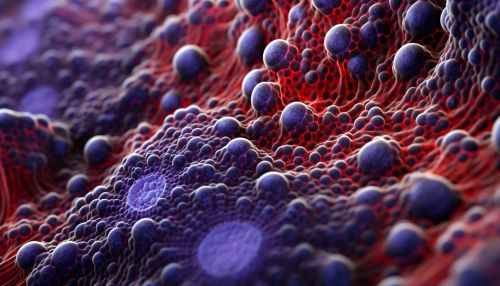
Biology and Classification
Zooxanthellae belong to the group of dinoflagellates, a large group of flagellate protists. They are characterized by their two flagella, one of which encircles the cell, and the other of which protrudes from the cell's center. Their cell walls, or thecae, are composed of cellulose. They are photosynthetic, containing chlorophylls a and c, as well as other photosynthetic pigments such as peridinin, beta-carotene, and diadinoxanthin.
Zooxanthellae are classified within the family Symbiodiniaceae, which was recently elevated from the status of subfamily within the family Suessiaceae. This family includes several genera, including Symbiodinium, Breviolum, Cladocopium, and Durusdinium, among others. These genera are distinguished based on their genetic characteristics, as well as differences in their morphology and physiology.
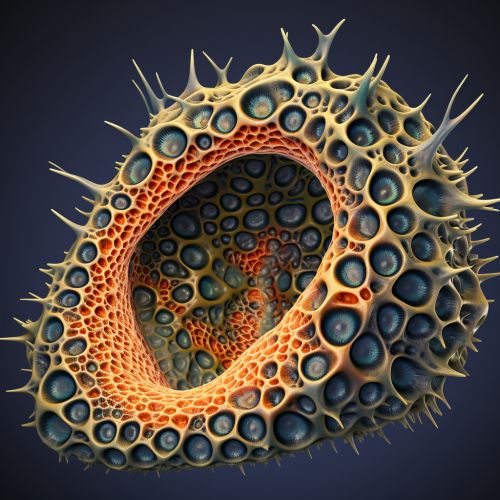
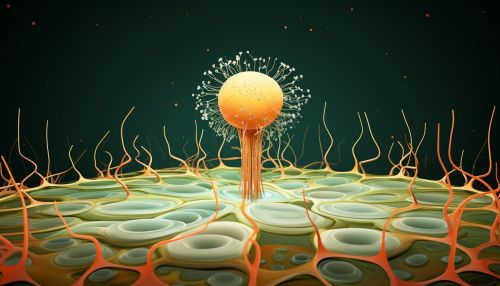
Symbiotic Relationships
Zooxanthellae form symbiotic relationships with a wide range of marine organisms, including corals, sea anemones, jellyfish, and some species of sponges and clams. In these relationships, the zooxanthellae reside within the tissues of their host organisms, where they photosynthesize and produce organic compounds that are used by the host as a source of nutrition. In return, the host provides the zooxanthellae with a protected environment and access to light for photosynthesis.
The symbiotic relationship between zooxanthellae and corals is particularly important for the formation of coral reefs. The organic compounds produced by the zooxanthellae contribute to the rapid growth of corals, allowing them to build the large calcium carbonate structures that form the basis of reef ecosystems.
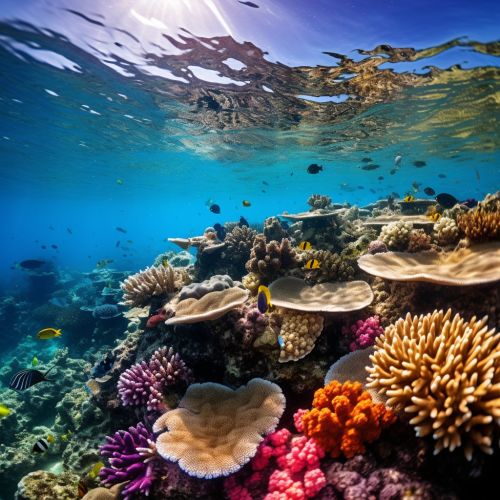
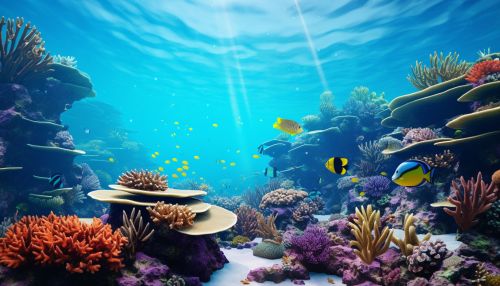
Role in Coral Bleaching
Zooxanthellae play a significant role in the phenomenon of coral bleaching. This occurs when environmental stressors, such as elevated water temperatures, cause corals to expel their resident zooxanthellae. Without the zooxanthellae, the corals lose their color and their primary source of nutrition, leading to a decline in their health and potentially resulting in their death.
The loss of zooxanthellae also impacts the wider reef ecosystem, as the decline in coral health can lead to a reduction in reef complexity, which in turn affects the many species that rely on the reef for habitat.
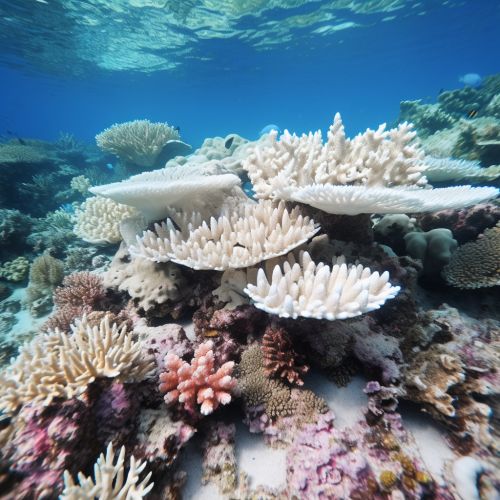
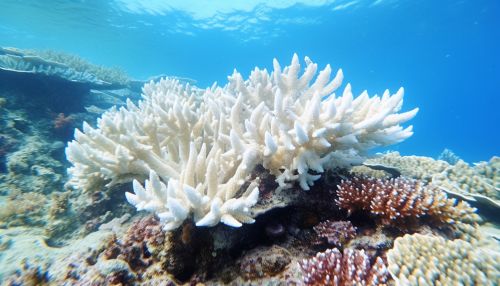
Research and Conservation
Research into zooxanthellae and their symbiotic relationships is a key area of marine biology and conservation. Understanding the biology of these organisms, and the factors that influence their symbiotic relationships, is crucial for predicting and mitigating the impacts of environmental change on coral reefs and other marine ecosystems.
Conservation efforts often focus on protecting and restoring coral reefs, in part by promoting conditions that support the health and survival of zooxanthellae. This can include measures to reduce water pollution, manage fishing practices, and mitigate the impacts of climate change.
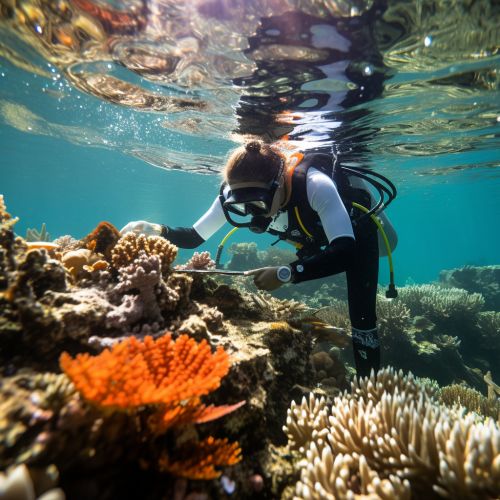
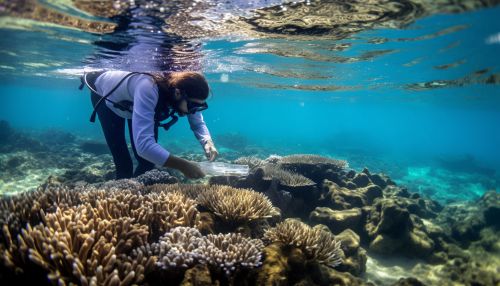
See Also
- Coral reefs - Symbiosis - Dinoflagellates - Coral bleaching - Marine conservation
